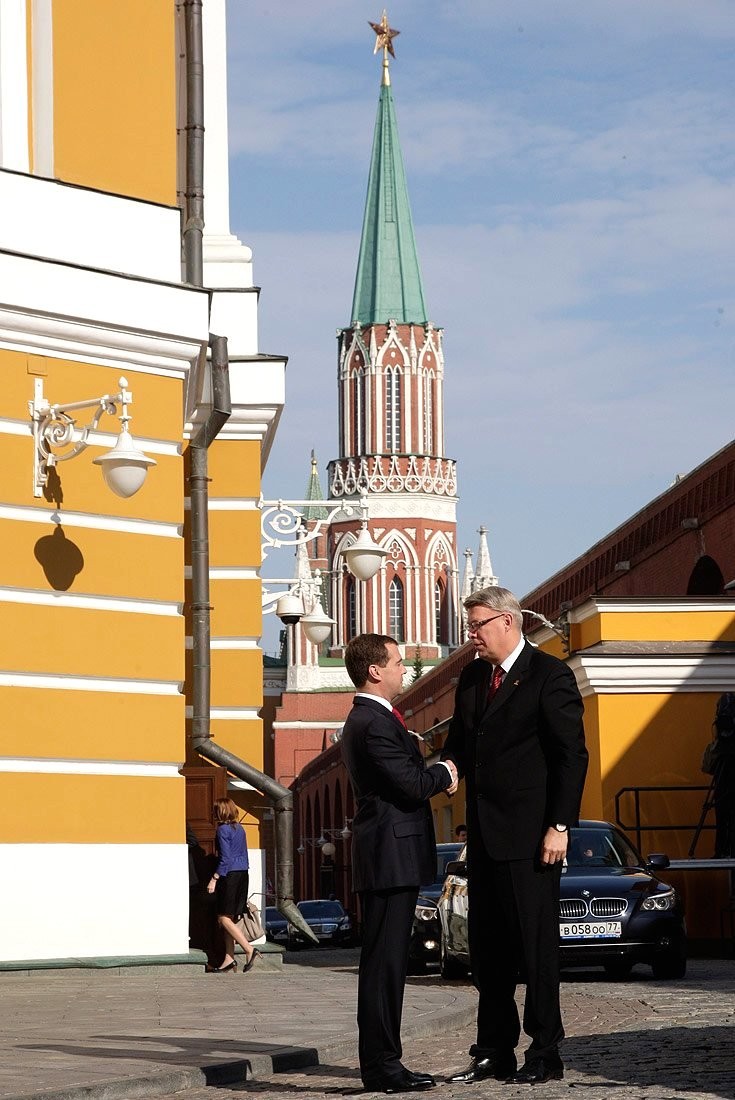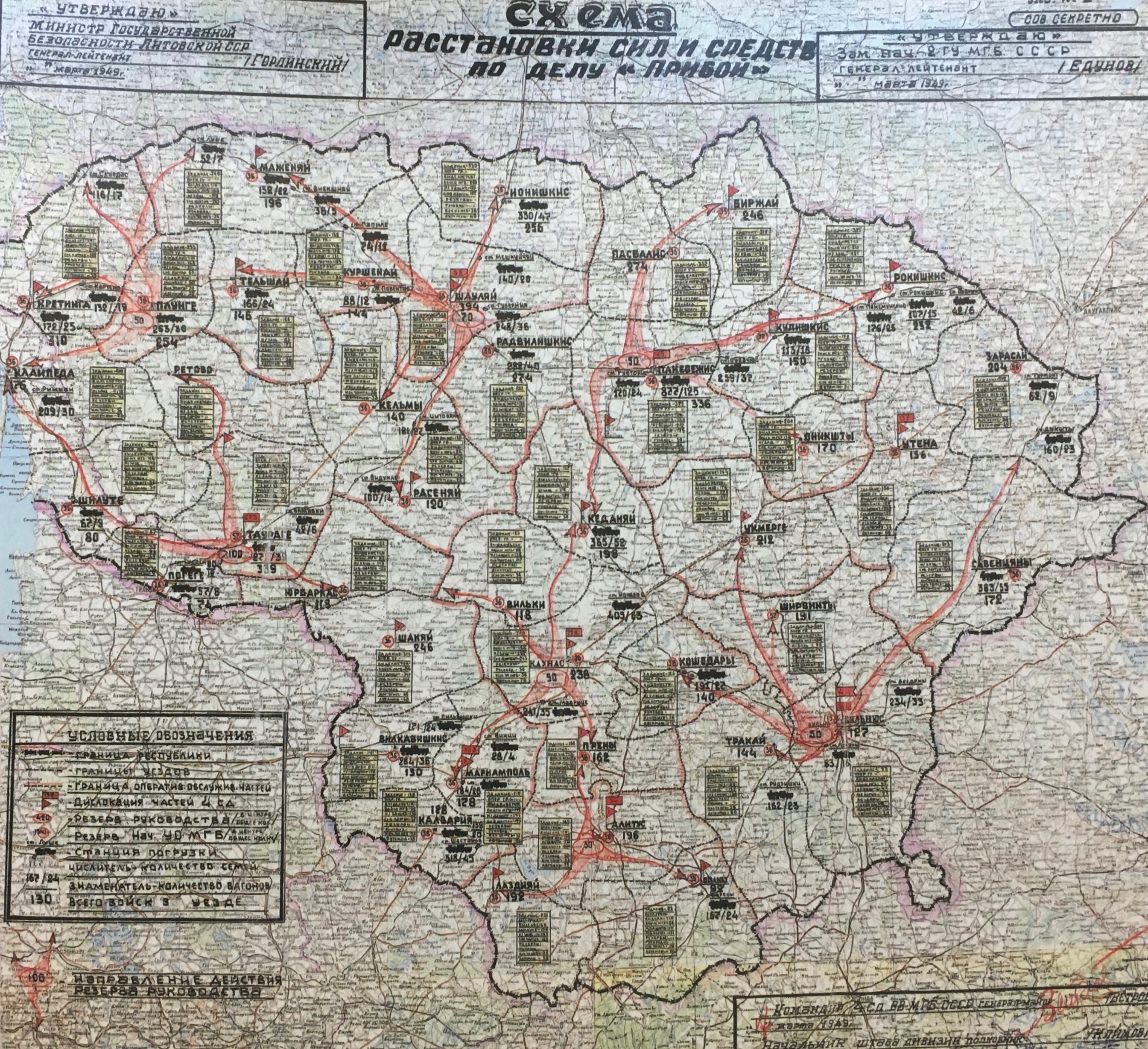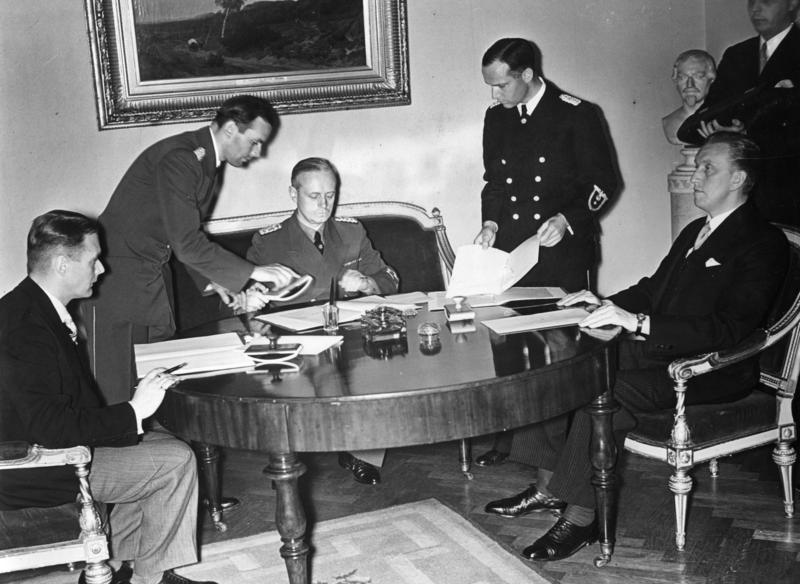|
Latvia‚ÄďRussia Relations
Latvia‚ÄďRussia relations ( lv, Krievijas‚ÄĒLatvijas attiecńębas or Latvijas‚ÄĒKrievijas attiecńębas, russian: –†–ĺ—Ā—Ā–ł–Ļ—Ā–ļ–ĺ-–Ľ–į—ā–≤–ł–Ļ—Ā–ļ–ł–Ķ –ĺ—ā–Ĺ–ĺ—ą–Ķ–Ĺ–ł—Ź or –õ–į—ā–≤–ł–Ļ—Ā–ļ–ĺ-—Ä–ĺ—Ā—Ā–ł–Ļ—Ā–ļ–ł–Ķ –ĺ—ā–Ĺ–ĺ—ą–Ķ–Ĺ–ł—Ź) are the bilateral foreign relations between Latvia and Russia. Latvia has an embassy in Moscow. The Russian Federation has an embassy in Riga. Both Russia and Latvia are members of UN and OSCE. They have recognized each other since 1991. History 1920-1940 From 1920 to 1940, relations between the countries had existed. On August 11, 1920, the Republic of Latvia and the Russian Soviet Federal Socialist Republic signed a peace treaty. Article 14 of the Treaty provided for the establishment of diplomatic and consular contacts between the parties upon ratification of the peace treaty. In 1922 USSR had been founded, which took over the foreign affairs of its member states (including Russia). The Latvian Embassy was located in Moscow from 1920 to 1940. ... [...More Info...] [...Related Items...] OR: [Wikipedia] [Google] [Baidu] |
Bilateralism
Bilateralism is the conduct of political, economic, or cultural relations between two sovereign states. It is in contrast to unilateralism or multilateralism, which is activity by a single state or jointly by multiple states, respectively. When states recognize one another as sovereign states and agree to diplomatic relations, they create a bilateral relationship. States with bilateral ties will exchange diplomatic agents such as ambassadors to facilitate dialogues and cooperations. Economic agreements, such as free trade agreements (FTA) or foreign direct investment (FDI), signed by two states, are a common example of bilateralism. Since most economic agreements are signed according to the specific characteristics of the contracting countries to give preferential treatment to each other, not a generalized principle but a situational differentiation is needed. Thus through bilateralism, states can obtain more tailored agreements and obligations that only apply to particular cont ... [...More Info...] [...Related Items...] OR: [Wikipedia] [Google] [Baidu] |
March Deportation
Operation Priboi (russian: –ě–Ņ–Ķ—Ä–į—Ü–ł—Ź ¬ę–ü—Ä–ł–Ī–ĺ–Ļ¬Ľ ‚Äď "Operation 'Coastal Surf) was the code name for the Soviet mass deportation from the Baltic states on 25‚Äď28 March 1949. The action is also known as the March deportation ( et, M√§rtsik√ľ√ľditamine; lv, Marta deportńĀcijas; russian: –ú–į—Ä—ā–ĺ–≤—Ā–ļ–į—Ź –ī–Ķ–Ņ–ĺ—Ä—ā–į—Ü–ł—Ź) by Baltic historians. More than 90,000 Estonians, Latvians and Lithuanians, labeled as "enemies of the people", were deported to forced settlements in inhospitable areas of the Soviet Union. Over 70% of the deportees were either women or children under the age of 16. Portrayed as a " dekulakization" campaign, the operation was intended to facilitate collectivisation and to eliminate the support base for the armed resistance of the Forest Brothers against the illegal Soviet occupation. The deportation fulfilled its purposes: by the end of 1949, 93% and 80% of the farms were collectivized in Latvia and Estonia. In Lithuania, the progress wa ... [...More Info...] [...Related Items...] OR: [Wikipedia] [Google] [Baidu] |
Soviet Re-occupation Of Latvia In 1944
The Soviet re-occupation of Latvia in 1944 refers to the military occupation of Latvia by the Soviet Union in 1944. During World War II Latvia was first occupied by the Soviet Union in June 1940, then was occupied by Nazi Germany in 1941‚Äď1944, and after which it was re-occupied by the Soviet Union. Battle of the Baltic Army Group Centre was in tatters, and the northern edge of the Soviet assault threatened to trap Army Group North in a pocket in the Courland region. Panzers of Hyazinth Graf Strachwitz von Gross-Zauche und Camminetz had been sent back to the capital of Ostland, Riga and in ferocious defensive battles had halted the Soviet advance in late April 1944. Strachwitz had been needed elsewhere, and was soon back to acting as the Army Group's fire brigade. Strachwitz's Panzerverband was broken up in late July. By early August, the Soviets were again ready to attempt to cut off Army Group North from Army Group Centre. A massive Soviet assault sliced through the Germa ... [...More Info...] [...Related Items...] OR: [Wikipedia] [Google] [Baidu] |
German Occupation Of Latvia During World War II
The military occupation of Latvia by Nazi Germany was completed on July 10, 1941 by Germany's armed forces. Initially, the territory of Latvia was under the military administration of Army Group North, but on 25 July 1941, Latvia was incorporated as Generalbezirk Lettland, subordinated to Reichskommissariat Ostland, an administrative subdivision of Nazi Germany. Anyone not racially acceptable or who opposed the German occupation, as well as those who had cooperated with the Soviet Union, were killed or sent to concentration camps in accordance with the Nazi Generalplan Ost. Persecutions Immediately after the establishment of German authority at the beginning of July 1941, the elimination of the Jewish and Roma population began, with major mass killings taking place at Rumbula and elsewhere. The killings were committed by the Einsatzgruppe A, and the ''Wehrmacht''. Latvian collaborators, including the 500‚Äď1,500 members of the ArńĀjs Kommando (which alone killed aro ... [...More Info...] [...Related Items...] OR: [Wikipedia] [Google] [Baidu] |
Nazi Germany
Nazi Germany (lit. "National Socialist State"), ' (lit. "Nazi State") for short; also ' (lit. "National Socialist Germany") (officially known as the German Reich from 1933 until 1943, and the Greater German Reich from 1943 to 1945) was the German state between 1933 and 1945, when Adolf Hitler and the Nazi Party controlled the country, transforming it into a dictatorship. Under Hitler's rule, Germany quickly became a totalitarian state where nearly all aspects of life were controlled by the government. The Third Reich, meaning "Third Realm" or "Third Empire", alluded to the Nazi claim that Nazi Germany was the successor to the earlier Holy Roman Empire (800‚Äď1806) and German Empire (1871‚Äď1918). The Third Reich, which Hitler and the Nazis referred to as the Thousand-Year Reich, ended in May 1945 after just 12 years when the Allies defeated Germany, ending World War II in Europe. On 30 January 1933, Hitler was appointed chancellor of Germany, the head of gove ... [...More Info...] [...Related Items...] OR: [Wikipedia] [Google] [Baidu] |
June Deportation
The June deportation ( et, juunik√ľ√ľditamine, lv, jŇęnija deportńĀcijas, lt, birŇĺelio trńómimai) was a Population transfer in the Soviet Union, mass deportation by the Soviet Union of tens of thousands of people from the Soviet occupation of the Baltic states (1940), territories occupied in 1940‚Äď1941: Estonia, Latvia, Lithuania, Territories of Poland annexed by the Soviet Union, occupied Poland (mostly present-day West Belarus, western Belarus and western Ukraine), and Soviet deportations from Bessarabia and Northern Bukovina#1941, Moldavia. This mass deportation was organized following the guidelines set by the NKVD with the USSR Interior People's Commissar Lavrentiy Beria as the senior executor. The official name of the top secret operation was ‚ÄúResolution On the Eviction of the Socially Foreign Elements from the Baltic Republics, Western Ukraine, Western Belarus and Moldova‚ÄĚ. The Soviet police, called "''militsya''", carried out the arrests with the collaboration of lo ... [...More Info...] [...Related Items...] OR: [Wikipedia] [Google] [Baidu] |
Gulag
The Gulag, an acronym for , , "chief administration of the camps". The original name given to the system of camps controlled by the GPU was the Main Administration of Corrective Labor Camps (, )., name=, group= was the government agency in charge of the Soviet network of forced labour camps which were set up by order of Vladimir Lenin, reaching its peak during Joseph Stalin's rule from the 1930s to the early 1950s. English-language speakers also use the word ''gulag'' in reference to each of the forced-labor camps that existed in the Soviet Union, including the camps that existed in the post-Lenin era. The Gulag is recognized as a major instrument of political repression in the Soviet Union. The camps housed a wide range of convicts, from petty criminals to political prisoners, a large number of whom were convicted by simplified procedures, such as NKVD troikas or other instruments of extrajudicial punishment. In 1918‚Äď22, the agency was administered by the Cheka, follow ... [...More Info...] [...Related Items...] OR: [Wikipedia] [Google] [Baidu] |
Soviet Occupation Of Latvia In 1940
The Soviet occupation of Latvia in 1940 refers to the military occupation of the Republic of Latvia by the Soviet Union under the provisions of the 1939 Molotov‚ÄďRibbentrop Pact with Nazi Germany and its Secret Additional Protocol signed in August 1939. The occupation took place according to the European Court of Human Rights,European Court of Human Rights cases on Occupation of Baltic States the Government of Latvia,The Occupation of Latvia at Ministry of Foreign Affairs of the Republic of Latvia the , [...More Info...] [...Related Items...] OR: [Wikipedia] [Google] [Baidu] |
Vladivostok
Vladivostok ( rus, –í–Ľ–į–ī–ł–≤–ĺ—Ā—ā–ĺŐĀ–ļ, a=–í–Ľ–į–ī–ł–≤–ĺ—Ā—ā–ĺ–ļ.ogg, p=v…ę…ôd ≤…™v…źňąstok) is the largest city and the administrative center of Primorsky Krai, Russia. The city is located around the Zolotoy Rog, Golden Horn Bay on the Sea of Japan, covering an area of , with a population of 600,871 residents as of 2021. Vladivostok is the second-largest city in the Far Eastern Federal District, as well as the Russian Far East, after Khabarovsk. Shortly after the signing of the Treaty of Aigun, the city was founded on July 2, 1860 as a Russian military outpost on formerly Chinese land. In 1872, the main Russian naval base on the Pacific Ocean was transferred to the city, stimulating the growth of modern Vladivostok. After the outbreak of the Russian Revolution in 1917, Vladivostok was Allied intervention in the Russian Civil War, occupied in 1918 by White Russian and Allies_of_World_War_I, Allied forces, the last of whom from Japan were not withdrawn until 1922; by that tim ... [...More Info...] [...Related Items...] OR: [Wikipedia] [Google] [Baidu] |
Siberia
Siberia ( ; rus, –°–ł–Ī–ł—Ä—Ć, r=Sibir', p=s ≤…™ňąb ≤ir ≤, a=Ru-–°–ł–Ī–ł—Ä—Ć.ogg) is an extensive geographical region, constituting all of North Asia, from the Ural Mountains in the west to the Pacific Ocean in the east. It has been a part of Russia since the latter half of the 16th century, after the Russians conquered lands east of the Ural Mountains. Siberia is vast and sparsely populated, covering an area of over , but home to merely one-fifth of Russia's population. Novosibirsk, Krasnoyarsk and Omsk are the largest cities in the region. Because Siberia is a geographic and historic region and not a political entity, there is no single precise definition of its territorial borders. Traditionally, Siberia extends eastwards from the Ural Mountains to the Pacific Ocean, and includes most of the drainage basin of the Arctic Ocean. The river Yenisey divides Siberia into two parts, Western and Eastern. Siberia stretches southwards from the Arctic Ocean to the hills of north-ce ... [...More Info...] [...Related Items...] OR: [Wikipedia] [Google] [Baidu] |




.jpg)


